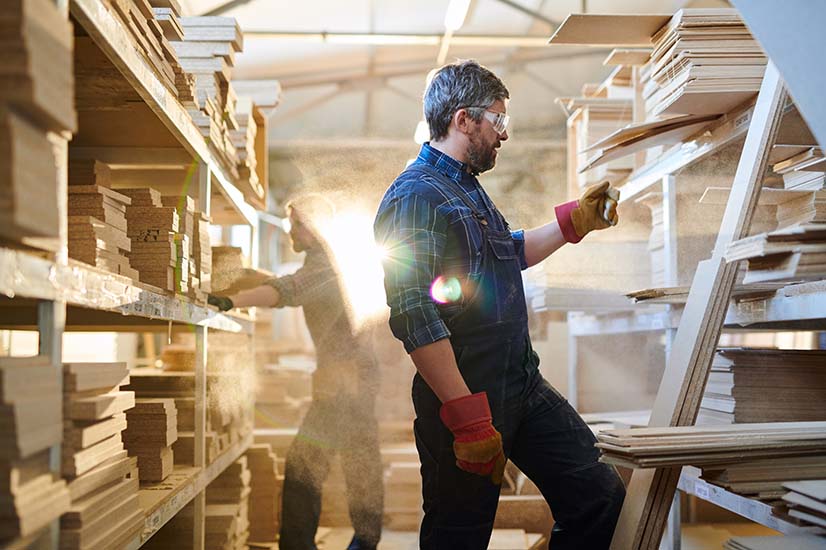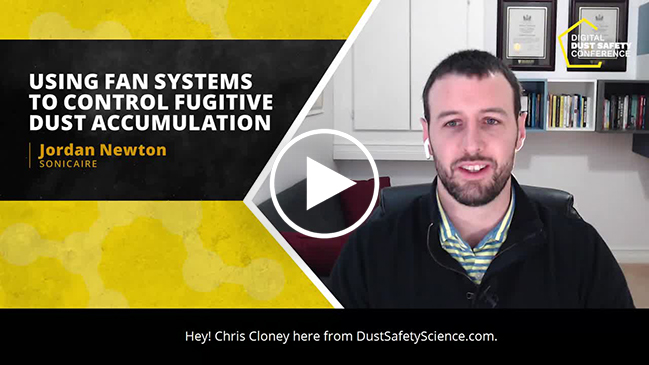Global Dust Safety Conference 2023 — Can You Automate Dust Safety?
Watch this year’s informative presentation to learn more about how you can automate your facilities dust control while keep your plant and employees safer from potentially catastrophic dust fires or explosions
SonicAire is committed to bringing you the most comprehensive and up to date information on dust safety techniques, equipment, and technology.
In this special presentation titled “Can You Automate Dust Safety?” SonicAire’s COO and Global Dust Safety Conference presenter, Jordan Newton, talks with Chris Cloney from DustSafetyScience.com and the Dust Safety Professionals Network.
Here is the presentation in full.

What Is a DHA?
DHA stands for “dust hazard analysis.” This is a tool that is used to improve plant safety by identifying the specific combustible dust hazards within a factory associated with the processes creating the dust.
Any setting that generates combustible particulate matter can be at risk for fire or explosion. A dust hazard analysis is viewed a fundamental step in safeguarding your facility. The most vulnerable industries for combustible dust buildup that need a dust hazard analysis are plastics manufacturing, mining, and food and grain.
A dust hazard analysis will review your facility and determine whether any combustible dust is present and where credible fire, explosion, and flashfire hazards exist as well as create a plan to mitigate or minimize the risks associated with those hazards.
Your dust hazard analysis will categorize your plant or factory’s locations as either
- Not a hazard
- Potential hazard
- Deflagration (fire or flashfire) hazard
The goal of a dust hazard analysis is to identify all the hazards in your facility, even the hazards you didn’t know you had. For plants, factories, and facilities that produce and accumulate dust, a dust hazard analysis is essential for ensuring the safety of your personnel and facility.
A company such as DEKRA can perform a dust hazard analysis on your plant so that you are compliant with all applicable health and safety laws and regulations in your state.


SonicAire is a proud Dust Safety Professionals Network member whose services assist in helping you find professional equipment or service providers specializing in combustible dust safety.
Safety Science is the intersection between engineered safety systems, regulation and design guidance, and actual human behavior during normal and non-normal operating conditions.
In regards to combustible dust, this includes having the correct safety systems in place, following existing engineering standards and guidelines, and focusing on a safety culture to prevent and protect from fire and explosion incidents.
Previous Global Dust Safety Presentations
SonicAire’s COO Jordan Newton was a featured speaker at the 2022 Digital Dust Safety Conference sponsored by Dust Safety Science. His presentation, “Using Fan Systems to Control Fugitive Dust Accumulation,” will address how overhead fan systems prevent combustible dust from settling out on equipment, rafters and overhead structures in processing operations.
Jordan is a Professional Engineer (P.E.) and has been with SonicAire since 2010. Previously he gained more than 16 years’ experience in fire science, forensic engineering and fire scene investigation plus experience as a project engineer with Underwriters Laboratories.
Using Fan Systems to Control Fugitive Dust Accumulation
- A dust explosion is instantaneous and could be catastrophic
- You need to have the proper precautions in place
- Dust explosions happen more often than you think
This presentation, “Can You Automate Dust Safety” has tons of valuable information for businesses and plants that create hazardous dust from their manufacturing process.
At SonicAire, we specialize in dust control technology to keep your employees, facility, and business safe from the hazards of combustible dust. To learn more about SonicAire’s dust control resources and technology, click the link below.

